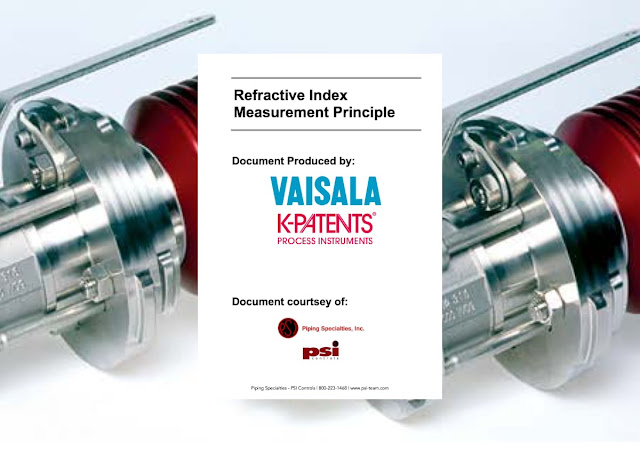Dangerous failure
Failure with the potential to bring the safety instrumented system into a dangerous or non‐functional state.
FMEDA
Failure Modes Effects and Diagnostic Analysis
HFT
Hardware Fault Tolerance, ability of a hardware to continue to perform a required function in the presence of faults or errors.
MTBF
Mean Time Between Failures
PFD
Probability of Failure on Demand, Probability of hazardous failures for a safety function on demand.
Safety Function
The ability of a system to carry out actions necessary to maintain a defined safe state for a process, equipment, or a plant.
Safety‐Related System
A safety‐related system performs the safety functions that are required to maintain a safe condition (for example, a flow meter, a burner, and a PLC).
SFF
Safe Failure Fraction, percentage of failures that do not have the potential to put the safety‐related system in a hazardous state.
SIL
Safety Integrity Level, IEC 61508 defines four Safety Integrity Levels (SIL1 through SIL4). Each level corresponds to a level of probability for the failure of a safety function.
SIS
Safety Instrumented System, implementation of one or more safety instrumented functions.


